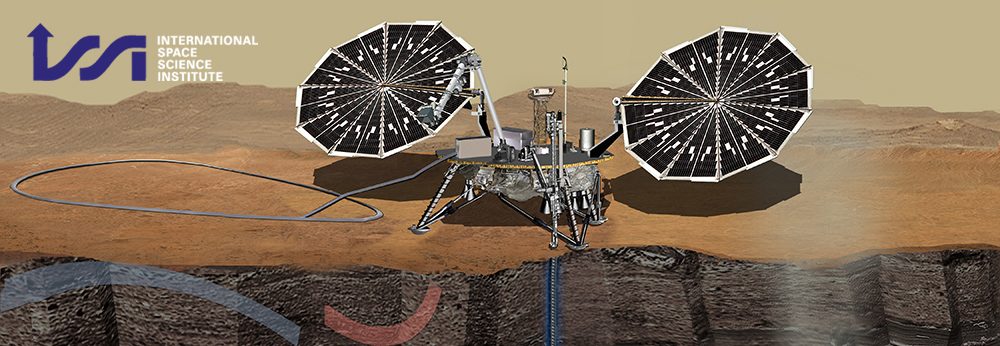One of the main drivers for planetary exploration has been the search for signs of life beyond our planet. Mars, in particular, has been a target for planetary missions, orbital and landed, but to date those have focused on the surface and on signs of extinct, ancient life. One of the biggest lessons from forty years of Mars exploration is that the Martian surface is currently inhospitable to life as we know it, and may have been inhospitable to surface life for as long as 3.5-4 Ga. Currently, liquid water is not stable on the Martian surface. Observations on the surface by Phoenix have shown that for short timescales, small amounts of salty brines can form, but our understanding of the subsurface thermal gradient suggests that liquid water is likely stable only at depths of kilometers. The exploration mantra in the quest for life has been to “follow the water” – assuming that liquid water is a requirement for life. Therefore, the Martian subsurface is our best hope for life to still exist on Mars. We have yet to send a dedicated mission to determine the modern-day subsurface habitability of Mars or to search for signs of extant subsurface life! A spectacular challenge, and opportunity, awaits! To date, there has been no focused effort to address the question of modern-day subsurface habitability and extant life in the Martian subsurface, from science to implementation. Our working group brings together an international team with diverse expertise to study the science, the tools, and the missions that would enable to search explicitly for signs of extant subsurface life on Mars.
Extant Subsurface Life on Mars? Science, Tools & Missions Together
ISSI Working Group led by John Mustard
